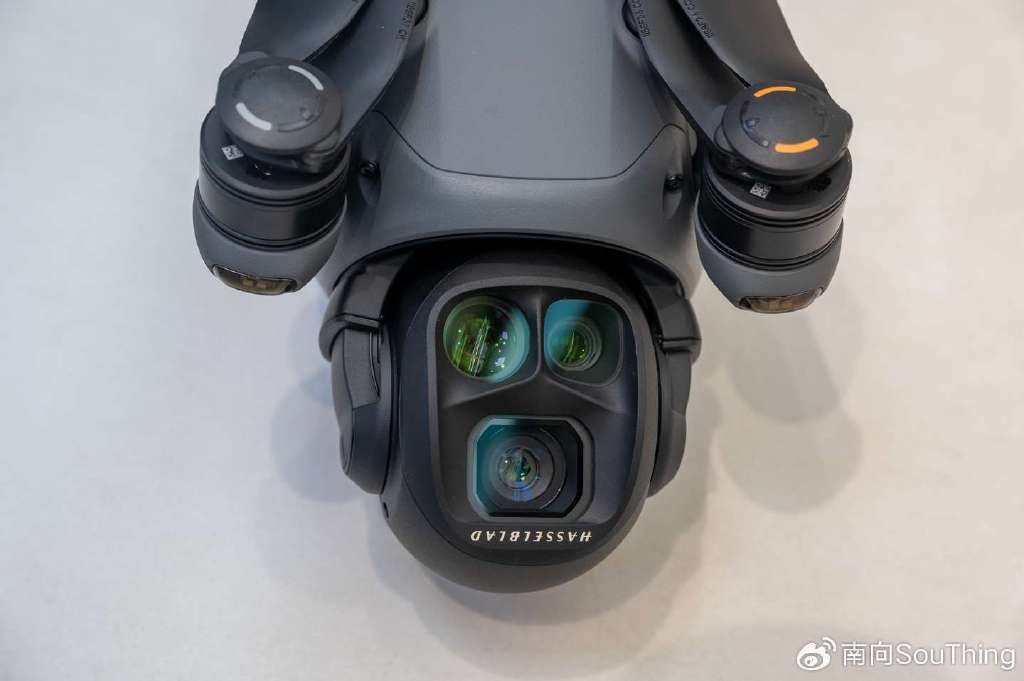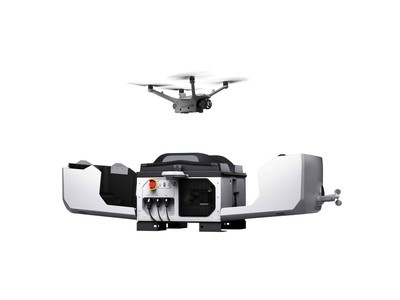Drones have rapidly become an essential gadget for tech enthusiasts and professionals alike. If you’re looking to delve into the world of drone building, starting with a camera-equipped drone kit is an excellent choice. Building your own drone from a kit not only provides a deep understanding of how drones operate but also offers the satisfaction of creating a personalized flying machine. Let’s explore the steps and considerations when embarking on this fascinating journey.
Why Opt for a Camera Drone Kit?
A camera drone kit combines the thrill of assembling a drone with the added functionality of aerial photography and videography. Such kits are designed to be user-friendly, providing all necessary components along with step-by-step instructions. This is ideal for hobbyists who want a comprehensive introduction without sourcing individual parts.
Essential Components in Your Kit
- Frame: The skeleton of your drone, available in various shapes and materials.
- Motors: These components drive the propellers and dictate your drone’s power and speed.
- Electronic Speed Controllers (ESC): Manage the speed of your drone’s motors, crucial for stable flight.
- Flight Controller: The brain of the drone, integrating all the other electronics and sensors.
- Camera and Gimbal: Allows capturing stabilized images and videos; higher-end kits often include these components.
- Battery and Charger: Essential for powering your drone, with a focus on flight time and recharging capabilities.

Steps to Build Your Customized Drone
1. Preparation
Before diving into construction, read through the entire manual provided with your kit. This will give you a clear map of what to expect and help you gather any additional tools needed, like screwdrivers and soldering irons.
2. Assembly
Start with the frame assembly. Ensure all parts align properly to avoid structural failures during flight. The next step involves attaching and wiring the motors. Each motor connects to an electronic speed controller, which should be configured precisely to relay commands from the flight controller. Once installed, add the flight controller following your specific kit’s instructions.
3. Camera Installation
If your kit includes a camera, carefully mount it using the gimbal to ensure stability. The gimbal’s function is to counteract drone movements, keeping the camera steady. Many kits come with FPV (First Person View) systems that allow you to see from your drone’s perspective in real-time.

4. Calibration and Testing
Calibrating your drone’s electronics, particularly the flight controller and ESCs, is crucial. This step ensures balanced flight and precise maneuvering. Conduct a series of tests in a safe, open area to check responsiveness and control. Adjust settings as necessary to improve performance.
Considerations When Building Your Drone
While building, you might encounter challenges like signal interference or mechanical failures. Joining online forums and communities can be beneficial for troubleshooting advice. Additionally, familiarize yourself with local regulations regarding drone operation to ensure compliance.
Enhancing Your Drone’s Capabilities
Once you’ve mastered the basics, you can customize and upgrade various components. Consider upgrading to high-performance motors for increased speed, or installing advanced cameras for better image quality. Some builders integrate GPS systems for enhanced navigation and autonomous flight capabilities.
Building your own drone with a camera kit can be a deeply rewarding experience that combines creativity, technology, and craftsmanship. It offers not only educational value but also the thrill of aerial exploration.
FAQs on Drone Building
- What is the average cost of a camera drone kit?
- Camera drone kits range from $100 to $1000, depending on the features and complexity. Budget kits are great for beginners, while advanced kits provide professional-grade components.
- How long does it take to assemble a drone?
- Assembly time varies based on experience and kit complexity, typically ranging from a few hours to a couple of days.
- Is soldering necessary when building a drone?
- Some kits require soldering, especially when attaching components like ESCs and flight controllers. However, soldering-free kits are available for those without such skills.
Embrace the journey of building your unique drone and capture the skies with a customized camera drone kit. Remember, the sky’s the limit!